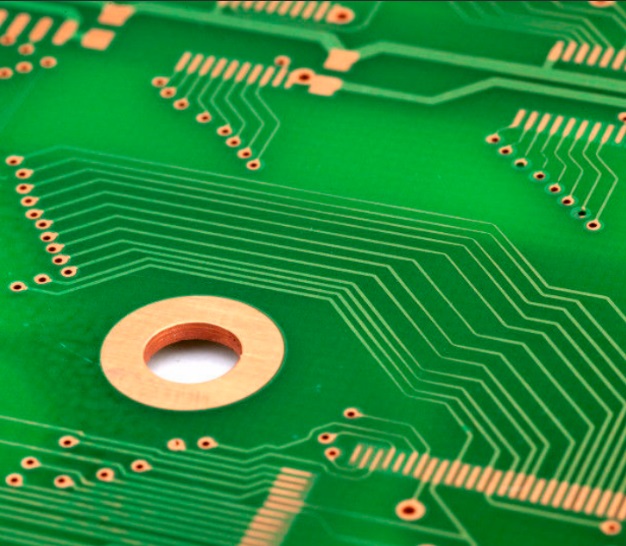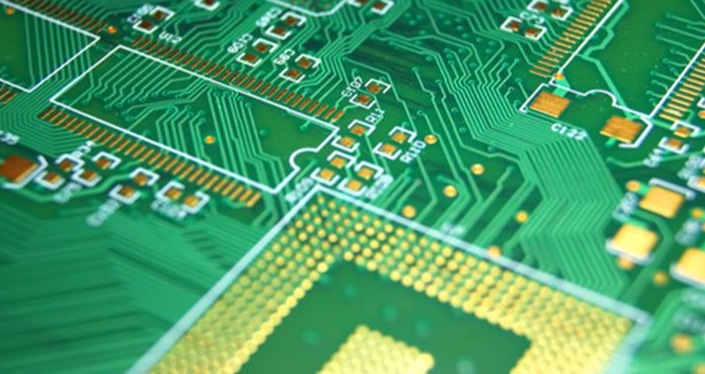The standard pcb board thickness is between 0.8mm and 1.6.mm, while the more standard pcb board thickness specification is designed by default according to the metric unit of 1.6 mm (about 63mil in the imperial unit). The standards of many connectors are also adapted to the specification of 1.6mm. How did the 1.6mm standard pcb board thickness come from?
The standard pcb board thickness is between 0.8mm and 1.6.mm, while the more standard pcb board thickness is designed by default according to the metric unit of 1.6 mm (about 63mil in the imperial unit). The standards of many connectors are also adapted to the specification of 1.6mm. How did the 1.6mm thickness standard come from?
In the early 20th century, relying on Baekeland's phenolic resin manufacturing patent, the industrial production of phenolic resin was realized in Germany, Britain, France, Japan and other countries. Phenolic resin has also begun to be widely used in radio knobs, turntables, circuit boards (non-printed circuit boards) for mounting components, and even radio product shells.
In 1921, laminates made by Formica were integrated into the manufacture of home and marine radios. In 1927, Formica discovered that their laminates could be made into patterns that simulated wood grain and marble by adding decorative paper through a lithographic process. As laminates became more colorful and decorative, their market expanded rapidly, and many workbenches at the time used phenolic laminates as decorative panels on the surface of the countertops.

standard pcb board thickness
Phenolic laminates are a strong and well-insulated polymer material that is heat-resistant, waterproof, chemical-resistant, and can withstand high currents. Although it is not specifically developed for circuit board use and is more widely used in decorative panel uses, phenolic laminates are much stronger than gypsum boards, cardboard, or thin wood sheets in terms of drilling performance or as mounting support for electronic tubes. It is natural to choose phenolic laminates instead of cardboard or thin wood as circuit boards.
But punching holes in phenolic laminates and wiring to connect all the electronic components together is still a very laborious task, even more laborious than playing with perforated boards, after all, perforated boards are pre-punched. It wasn't long before someone came up with a way to stick a piece of copper foil on a phenolic laminate, and then etch the interconnection lines between the components on the copper foil (in 1913, Berry in the UK invented the technology of applying a resist to a metal foil and then etching the uncoated part to form a conductive pattern), which made a single-sided printed circuit board. Soon, the development of interconnection systems between multiple circuit boards created a related demand for board-to-board connectors.
1/16 inch or 63mil was the production thickness of phenolic laminates at the time, and board-to-board connectors were naturally designed according to the board thickness of 1/16 inch (about 63mil or 1.6mm), which formed a supporting industrial chain, and the board thickness of 1/16 inch (about 63mil or 1.6mm) became the industry default standard.
Nowadays, the development of substrate materials has become very diverse, but 1.6mm (or 63mil in imperial units) is still the default finished board thickness of PCB board manufacturers, but the standard board thickness range has expanded to 0.8mm~1.6mm. (The specific thickness depends on the board factory's process, some board factories are 0.6mm~2.5mm) Of course, if you want to produce thinner or thicker PCBs (such as 20-layer boards), such as 0.4mm or 3.0mm, you need to pay extra board costs, so you need to consider it when designing PCBs. There are many design and manufacturing factors to consider when determining PCB thickness, such as:
• Copper thickness
• Board material
• Number of PCB layers
• Signal type
• Type of through-hole
• Operating environment
Manufacturing factors that affect PCB thickness include:
• Process capability of drilling equipment
• Copper thickness
• Number of layers
• Depaneling method

standard pcb board thickness
Factors to consider when designing PCBs with non-standard thicknesses:
1. Board factory process capability
The first thing to consider is whether your board factory has the equipment to manufacture the board thickness you need. This decision should be made as early as possible in the design process, while also considering other related DFM design requirements. Otherwise, you may be forced to make modifications and redesign your PCB stackup structure.
2. Extended delivery time
If you choose a material that the board factory does not have on hand, it will often extend the PCB production cycle, so you need to consider the delivery time for non-standard board thicknesses.
3. Additional costs
This may be the most important point. You need to evaluate the cost of special boards, additional manufacturing costs, and the cost of extended delivery time to determine whether the additional costs are acceptable.
Preferring standard pcb board thickness will make your boards faster and less expensive to manufacture. However, if you decide to choose non-standard thickness, you should communicate with the board factory as soon as possible before starting the PCB design to ensure that the board factory's process can be manufactured, and communicate the delivery time and additional manufacturing costs.